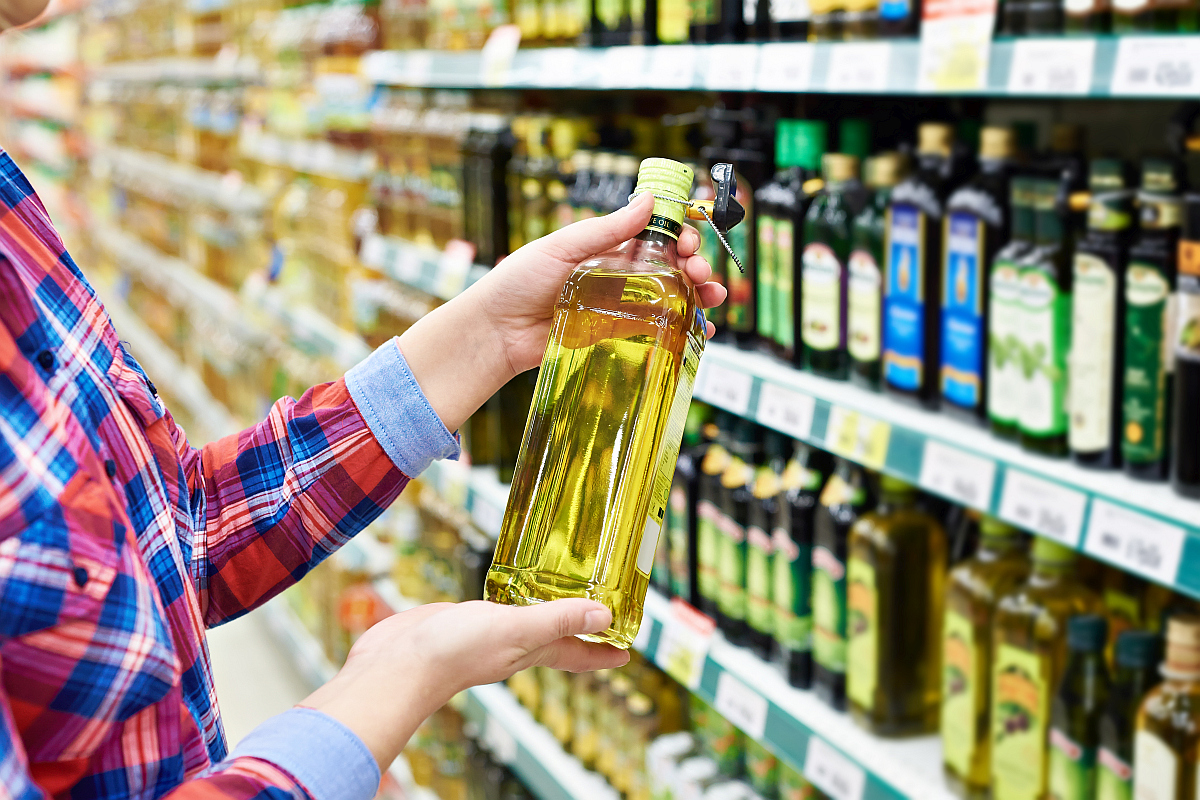After onion, garlic and vegetables, prices of edible oil have registered a sharp jump due to shortage supply of kharif crops and costlier imports.
In the last two months, prices of palm oil increased by Rs 20 per litre, which is over 35 per cent. This has led to a sharp rise in the prices of other edible oils.
“The prices of all edible oils have increased following the rise in palm oil over the last two months. Due to costlier imports from Malaysia and Indonesia, edible oil prices are likely to see a further increase,” Oil-oilseed market expert Salil Jain was quoted as saying to IANS.
The sudden rise in prices of edible oil can be attributed to a combination of two factors, firstly, lower production of kharif soybean crops following the crop damage caused by floods in key producing areas. Secondly, a trend in increase in edible oil prices in global market.
The first factor can be met by providing better prices for kharif crops if the country wants to become self-sufficient in edible oils.
“The prices of edible oils are increasing in India due to expensive imports from the international market. However, farmers are now getting a higher price of oilseeds, which will encourage them to cultivate oilseeds,” B.V. Mehta, Executive Director of Solvent Extractors Association of India was quoted as saying by IANS.
The production of soybean, the major oilseed crop in the last Kharif season, is estimated to be down by about 18 per cent in the country as compared to last year. According to the Soybean Processors Association of India (SOPA) estimates, soybean production in the country this year is 89.94 lakh tonnes, which is 71.73 per cent less than the previous year’s production of 109.33 lakh tonnes.
However, the second item in the equation, i.e. global rise in edible oil prices cannot be controlled especially when India is the world’s largest edible oil importer and most of its edible oil needs are met through imports. In fact, it is expected that the country’s dependence on edible oil imports will increase further as heavy rains damaged soybean crops and a lower than expected Rabi oilseed cultivation this year. Moreover, an increase in export duty on soy oil from Argentina will increase the cost of soy oil imports in India, which may lead to a further rise in prices of cooking oil.
Meanwhile, Indonesian and Malaysian governments have decided to upgrade their vehicles to use of more CPO as fuel, thus reducing their reliance on export markets, including India and China, stated a Business Standards report.
According to Solvent Extractors data, the import of vegetable oil (edible and non-edible) oils into the country was 11,27,220 tonne in November this year as compared to 11,33,893 tonne in the same month a year ago.
The CPO (crude palm oil) price at Kandla Port was $757 per tonne (CIF) on Friday, while RBD Palmolein imported from Malaysia was priced at $782 per tonne, soy price at $878 per tonne and sunflower crude at $847 per tonne.
(With input from agencies)











